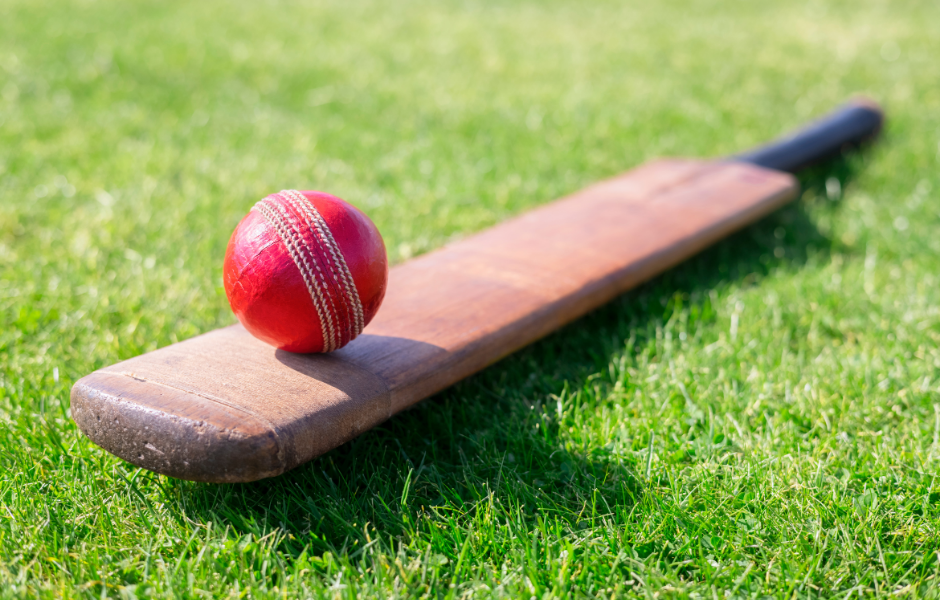
This children’s article, Karate for kids: where it began and why millions practise today, has been written for native English speakers and for learners of English as a second or foreign language. It can help children practise reading and comprehension, learn useful vocabulary, and discover the history, health benefits, and global popularity of karate. Written by Sinead O’Carroll, an experienced teacher and writer.
The origins of karate
Karate began hundreds of years ago in the Ryukyu Kingdom, which is now Okinawa in Japan. The word “karate” is Japanese, and in English it means “empty hand.” It came from a mix of local Okinawan fighting styles and Chinese martial arts such as Kung Fu. Karate was created as a way of self-defence without weapons.
More than a fighting style
Karate is not just about kicks and punches. From the beginning it included a code of respect, discipline, and self-control. Students bow to their teacher and to each other at the start and end of training. This shows humility and politeness. The lessons aim to strengthen both the body and the mind.
How karate helps the body
Regular training in karate can improve balance, posture, flexibility, and strength. Students learn kata, which are patterns of movements practised many times to build memory and focus.
Karate training also teaches patience, as progress is shown step by step through coloured belts, from white to black.
Karate around the world
Millions of people of all ages now practise karate. There are clubs in almost every country, and many take part in national and international tournaments. Karate even appeared as an Olympic sport for the first time at the Tokyo 2020 Games.
Other martial arts
Karate is one of many martial arts. Judo, also from Japan, focuses on throws and grappling. Taekwondo from Korea is famous for fast, high kicks. Capoeira from Brazil combines fighting with dance and music. Kung Fu, or Wushu, from China includes punches, kicks, and acrobatic moves, often with a long history of philosophy and discipline.
All of these styles share some ideas of discipline and respect, but each has its own traditions and techniques.
For more information, you can read more about karate in The Complete Beginner’s Guide to Shotokan Karate.

Article vocabulary list
- Originated: Began or started in a place.
- Discipline: Training that teaches self-control and order.
- Balance: Staying steady without falling over.
- Posture: The way someone holds their body when standing or sitting.
- Flexibility: How easily someone can bend or stretch.
- Strength: The power of muscles to push, pull, or lift.
- Tournament: A competition between players or teams.
- Traditions: Beliefs or customs that are passed down over time.
Comprehension questions
Just click the plus (+) to see the answer
1. Where did karate originate?
a) Korea
b) Okinawa, Japan
c) Brazil
Answer: b) Okinawa, Japan
2. What does the word “karate” mean?
a) Empty hand
b) Strong foot
c) Warrior spirit
Answer: a) Empty hand
3. What do students often practise to build memory and focus?
a) Songs
b) Kata
c) Games
Answer: b) Kata
4. When did karate first appear in the Olympic Games?
a) 2012 in London
b) 2016 in Rio
c) 2020 in Tokyo
Answer: c) 2020 in Tokyo
5. Which martial art is known for high kicks?
a) Judo
b) Taekwondo
c) Capoeira
Answer: b) Taekwondo
Sinead is a writer and EFL teacher with eight years’ experience. She’s a native English speaker who loves making news stories fun and easy to understand for children around the world. Her passions include travel, animals, and helping to make the world a kinder, more sustainable place.




